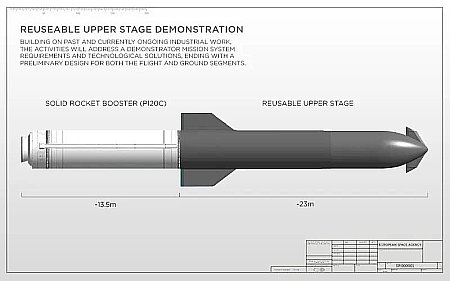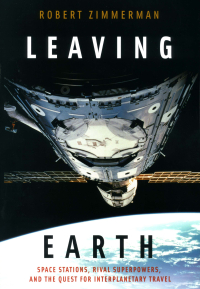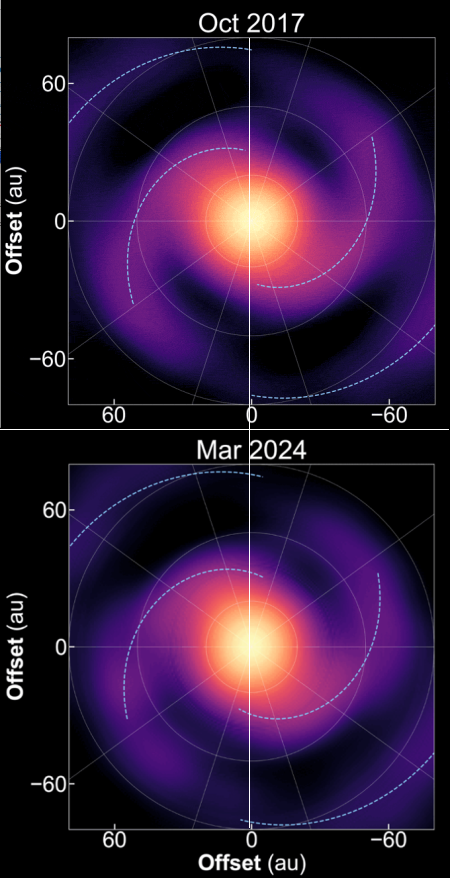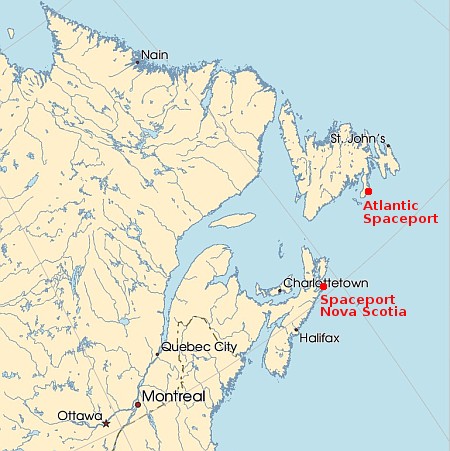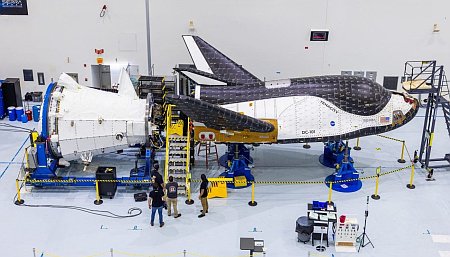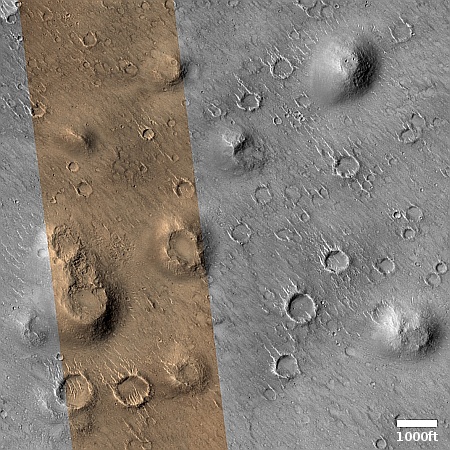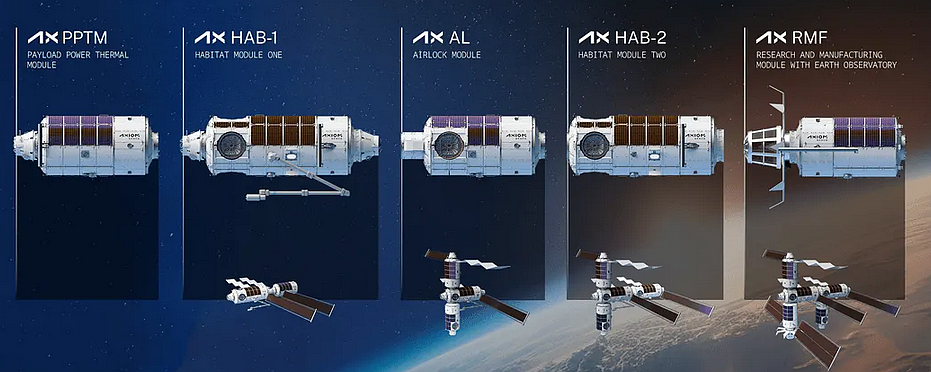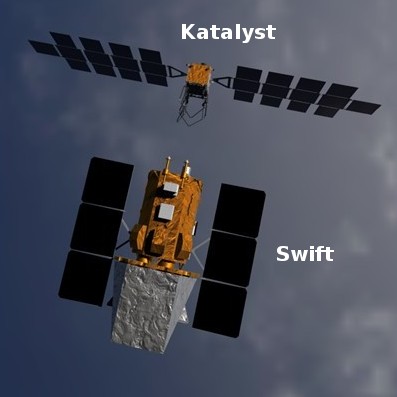Modeling suggests Uranus’s moon Ariel needed underground oceans to shape its known surface
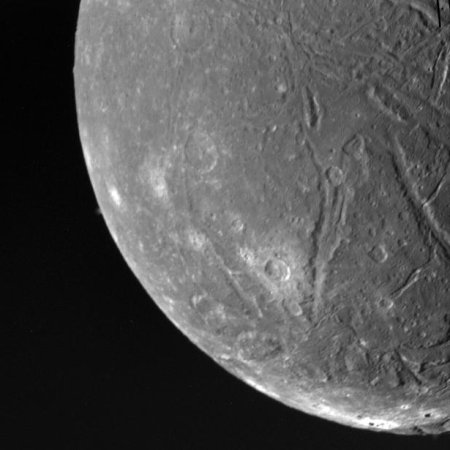
Ariel as seen by Voyager-2 in 1986.
Click for original image.
The uncertainty of science: Using computer modeling based on our scant data of the surface features of the Uranus moon Ariel, scientists now posit that underground oceans, some of gigantic depth as much as 100 miles deep, were required to shape those features.
“First, we mapped out the larger structures that we see on the surface, then we used a computer program to model the tidal stresses on the surface, which result from distortion of Ariel from soccer ball-shaped to slight football-shaped and back as it moves closer and farther from Uranus during its orbit,” Patthoff said. “By combining the model with what we see on the surface, we can make inferences about Ariel’s past eccentricity and how thick the ocean might have been.”
The team found that, in the past, Ariel needed to have an eccentricity of about 0.04 [to create those surface structures]. This is about 40 times larger than its current value. While 0.04 may not sound dramatic, eccentricity can strengthen the effects of tidal stresses, and Ariel’s orbit would have been four times more eccentric than that of Jupiter’s moon Europa, which is wracked by the tidal forces that push and pull it to create its cracked and broken surface. Yet, to the eye, the orbit will still resemble a circle.
“In order to create those fractures, you have to have either a really thin ice on a really big ocean, or a higher eccentricity and a smaller ocean,” Patthoff said. “But either way, we need an ocean to be able to create the fractures that we are seeing on Ariel’s surface.”
This result does not prove an underground ocean now exists, or even if one existed in the past. The data is based on the few fly-by images taken by Voyager-2 when it passed close to Uranus in 1986. Coverage of the entire surface of Ariel was not complete, nor did the images have much resolution. The data is suggestive of this conclusion, but not conclusive by any means.

Ariel as seen by Voyager-2 in 1986.
Click for original image.
The uncertainty of science: Using computer modeling based on our scant data of the surface features of the Uranus moon Ariel, scientists now posit that underground oceans, some of gigantic depth as much as 100 miles deep, were required to shape those features.
“First, we mapped out the larger structures that we see on the surface, then we used a computer program to model the tidal stresses on the surface, which result from distortion of Ariel from soccer ball-shaped to slight football-shaped and back as it moves closer and farther from Uranus during its orbit,” Patthoff said. “By combining the model with what we see on the surface, we can make inferences about Ariel’s past eccentricity and how thick the ocean might have been.”
The team found that, in the past, Ariel needed to have an eccentricity of about 0.04 [to create those surface structures]. This is about 40 times larger than its current value. While 0.04 may not sound dramatic, eccentricity can strengthen the effects of tidal stresses, and Ariel’s orbit would have been four times more eccentric than that of Jupiter’s moon Europa, which is wracked by the tidal forces that push and pull it to create its cracked and broken surface. Yet, to the eye, the orbit will still resemble a circle.
“In order to create those fractures, you have to have either a really thin ice on a really big ocean, or a higher eccentricity and a smaller ocean,” Patthoff said. “But either way, we need an ocean to be able to create the fractures that we are seeing on Ariel’s surface.”
This result does not prove an underground ocean now exists, or even if one existed in the past. The data is based on the few fly-by images taken by Voyager-2 when it passed close to Uranus in 1986. Coverage of the entire surface of Ariel was not complete, nor did the images have much resolution. The data is suggestive of this conclusion, but not conclusive by any means.



